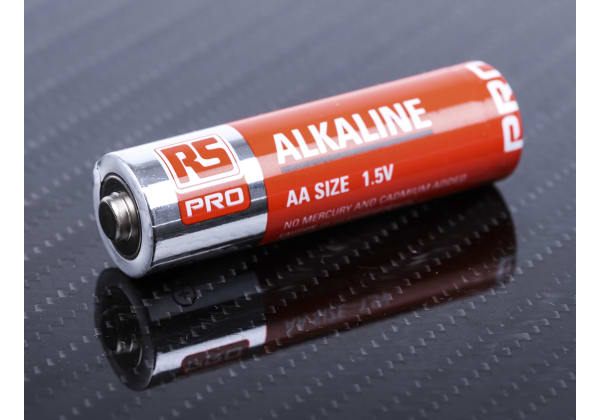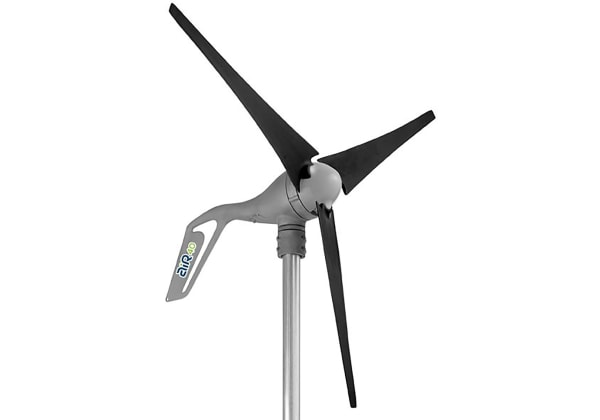- Published 24 Oct 2023
- Last Modified 8 Oct 2025
- 6 min
Energy Storage System Maintenance
Energy storage systems range from pumped hydro to the latest superconducting magnet technologies, but it is battery storage using lithium-ion technology that is growing most rapidly when it comes to power storage from renewable energy solutions. Our guide explains how renewable energy storage is developing, the importance of safety and battery maintenance, and how to optimise energy storage system performance.

Renewable energy is the future of energy and increasingly its present, too. But because renewable energy is intermittent – the wind blows when it blows; solar panels collect more energy at some times more than others – renewable energy equipment like energy storage systems also has a huge role to play in decarbonising the electrical grid. It may be blowing a gale at night and calm during the day and evening, when ideally the situation would be reversed because electricity demand is much higher during waking hours.
That’s where battery energy storage systems come in. Storage provides the means of capturing energy from renewable energy solutions such as wind and solar power when there’s no demand and releasing it to the grid when there is. Just as the amount of renewable energy on the grid is growing, so is storage. McKinsey expects the global battery energy storage market to be worth between $120 and $150 billion by the end of the decade. All of that technology also has to be kept running smoothly – meaning effective battery maintenance is crucial.
Energy Storage Systems
There are various forms of battery on the market, but lithium-ion technology is widely used to support the electricity grid. Big systems can store many megawatt hours of electricity and combine large numbers of batteries together.
There have been many well-publicised examples of lithium-ion batteries catching fire in recent years, leading to safety concerns. Lithium iron phosphate (LiFePO4 – a type of lithium-ion energy storage system) batteries are the system of choice for grid-scale applications because they are not as prone to thermal runaway or combustion like typical lithium-ion batteries, and last as much as five times longer.
According to German battery manufacturer Sonnen, lithium iron phosphate batteries can be charged and discharged more than 10,000 times and keep 80% of their capacity. After 15,000 cycles, Sonnen says, lithium ion phosphate batteries still contain over 60% of their capacity.
Batteries are not the only power storage solution. Other types include:
- Pumped hydro (which acts like a giant battery by using reservoirs at different elevations)
- Thermal systems which use heating and cooling to store and release energy
- Flywheels which convert electrical power into mechanical power
- There are also emerging storage technologies such as;
- Superconducting magnets
- Compressed air storage
- Hydrogen storage
Things to Consider When Managing Energy Storage Systems
Combinations of battery cells are just one aspect of a power storage system. Other elements to consider include battery management software and energy management systems, which are responsible for monitoring and controlling state of charge, battery health and energy flow. Renewable energy solutions using batteries also require inverters or power conversion systems to supply energy to the electrical grid.
A grid-scale battery system will also feature a range of safety systems such as smoke detectors and temperature controls, along with cooling, ventilation, and air conditioning equipment.
There’s also the location and site of the energy storage system to think about. Consider:
- If it is located outdoors, what type of container will it be housed in?
- If indoors, is there sufficient space?
- Does the system have access to cooling?
- Is there a reliable internet connection available to monitor battery performance?
- If the site is outdoors, is the battery system protected from potential natural disasters such as flooding?
It’s also important to site the battery in a location close to the energy demand it serves if possible.
Safety
Safety is critical when it comes to designing, manufacturing, and operating battery energy storage systems. Lithium-ion batteries are prone to thermal runaway, where increased temperatures result in the release of energy and further uncontrolled temperature increases, and fire. It’s important that energy storage systems have access to adequate cooling and ventilation. At the design stage, fire-rated walls and fire suppression systems should be included.
Human factors are also important in maintaining a safe battery storage system. Onsite staff should be trained in how to shut down the system in an emergency. Regular battery maintenance should be carried out to help maintain safety. In terms of safety, it’s also important that first responders such as fire services can gain access to the battery site if needed.
Efficiency / Optimisation
Batteries are not 100% efficient when it comes to renewable energy storage. For example, PV system power storage (solar photovoltaic storage) tends to lose some of the energy it has collected from the Sun in transferring it to a battery.
Lithium-ion batteries are about 80-90% efficient compared to other battery types.
Battery Maintenance
Regular battery maintenance is important for prolonging battery life and safety. Keeping batteries in an optimal temperature range is an important part of maintenance and may mean maintaining cooling systems such as HVAC equipment or cooling fans. Thermal modelling can be used to predict how batteries will behave at certain temperatures allowing engineers to fix them ahead of time. By monitoring performance data, it is also possible to carry out predictive battery maintenance.
Other regular maintenance activities should include cleaning and replacing worn components, and calibrating inverters to ensure power conversion for the grid is efficient.
Renewable Energy Storage
Large battery systems are used at grid scale to capture intermittent generation from wind and solar and feed it back into the electrical grid. According to the International Energy Agency, there was 28GW of grid-scale battery storage capacity globally at the end of 2022.
Back-up Power Supply
Battery power storage systems are becoming increasingly popular at the domestic level, where fossil-fuel powered generators would previously have been used. Grid-scale storage systems such as pumped hydro are used to supply electricity if there is an outage. Large grid-scale batteries are also now being used as a back-up option if generation fails.
Guidance
It’s important that planning guidance is followed when developing battery storage. For example, in the UK, this guidance includes that developers proposing larger battery energy storage systems must engage with the fire and rescue service before submitting applications.
One industry challenge once energy storage such as batteries becomes operational is the current lack of a clear market framework for trading stored energy. That means new guidelines and policies by regulators and government are needed.
Prolonging Battery Life
Using battery management and energy management systems can help to optimise battery performance. For example, charge and discharge settings can be adjusted, which helps prolong battery life.
Optimising Performance
Optimising battery performance is important if energy storage is to be efficient. Batteries should be charged and discharged at the correct times, minimising loss of energy and extending battery life. Optimal energy storage performance helps to keep the grid stable and reliable and helps to integrate renewable energy solutions.
Existing Solutions for Optimising Batteries
Technologies on the market for battery optimisation include energy storage management systems and battery management systems. These are both types of software that regulate and optimise battery performance. The software uses advanced algorithms to optimise performance.
Learn more about how RS can help with energy management here.


